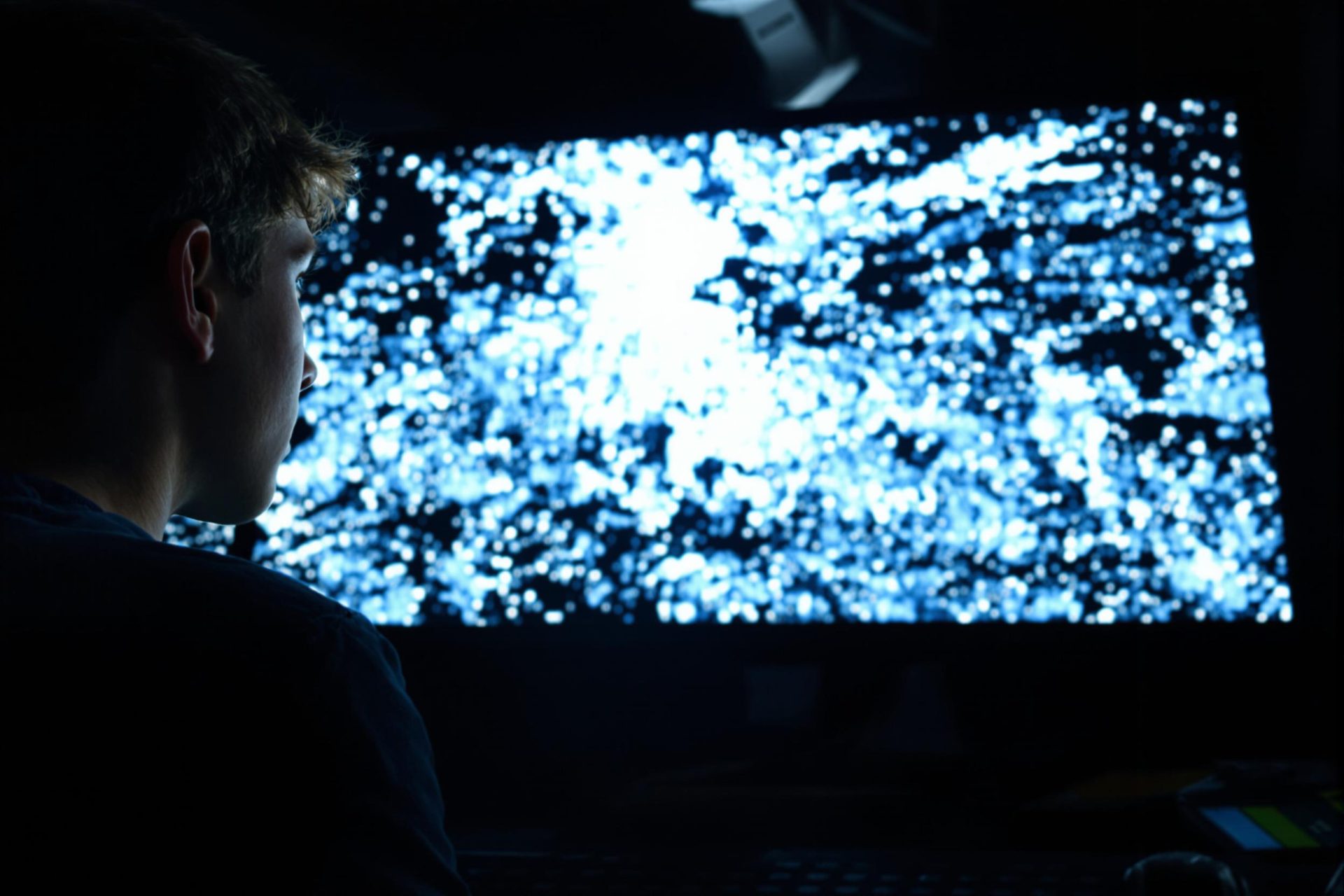Key Takeaways
- AI image generators transform text prompts into unique visuals, offering exciting possibilities for creators and marketers.
- Numerous tools are available, each with strengths like artistic quality (Midjourney), copyright safety (Adobe Firefly), ease of use (Meta AI), or integration (Canva, ChatGPT).
- Testing various AI tools with the same prompt reveals differences in quality, realism, and style adherence.
- While powerful, the commercial use and copyright status of AI-generated images remain complex legal areas.
Artificial intelligence that creates weird and wonderful images from text is a fascinating use of the technology.
While many AI tools focus on writing or productivity, AI image generators provide a uniquely creative and often fun experience.
New AI image tools seem to pop up constantly, adding to an already crowded market. Finding the right one can feel overwhelming.
Many people, especially marketers, small business owners, and creators, are looking for AI tools that generate images suitable for professional use.
A common need is finding specific types of images, like photos for blog posts or social media. Testing tools with relevant prompts helps compare their effectiveness.
For instance, Buffer tested several popular AI image generators using the prompt: “Generate an image of a photo-realistic young, Gen-Z social media influencer filming a video with their phone in selfie mode.”
This type of prompt can be challenging for AI, which sometimes struggles with details like hands and screens. However, the top tools consistently produced higher-quality results.
Adobe Firefly stands out because Adobe states its images are designed to be safe for commercial use, trained on licensed and public domain content. Its web version is user-friendly, offering style and effect options.
Midjourney, known for its artistic outputs, now has a smoother web interface after initially operating via Discord. It excels at creating stylized, high-quality images that often feel like digital art.
ChatGPT integrates image generation directly, allowing users to refine results through conversational prompts. It’s also versatile, handling text tasks alongside image creation.
Canva includes a text-to-image feature within its popular design platform, making it incredibly convenient for users already creating graphics there, although quality might not match specialized tools.
Other notable options mentioned by Buffer include Stable Assistant (great for tweaking images), Google’s Gemini (strong free option with clean results), Recraft (focused on designers and brand assets), Reve (praised for sticking closely to prompts), and Meta AI (easy for beginners via Facebook/Instagram).
Each tool offers different strengths, from photorealism and artistic flair to vector creation and ease of use for beginners.
It’s important to remember the legal side. According to the U.S. Copyright Office, purely AI-generated content typically isn’t copyrightable.
However, the training data used by AI models might include copyrighted work. While some platforms like Adobe Firefly aim for copyright safety, others place the responsibility on the user.
Most platforms grant users rights to commercialize the images they create, but they don’t accept liability if legal issues arise. Always check the terms and conditions carefully before using AI art commercially.



